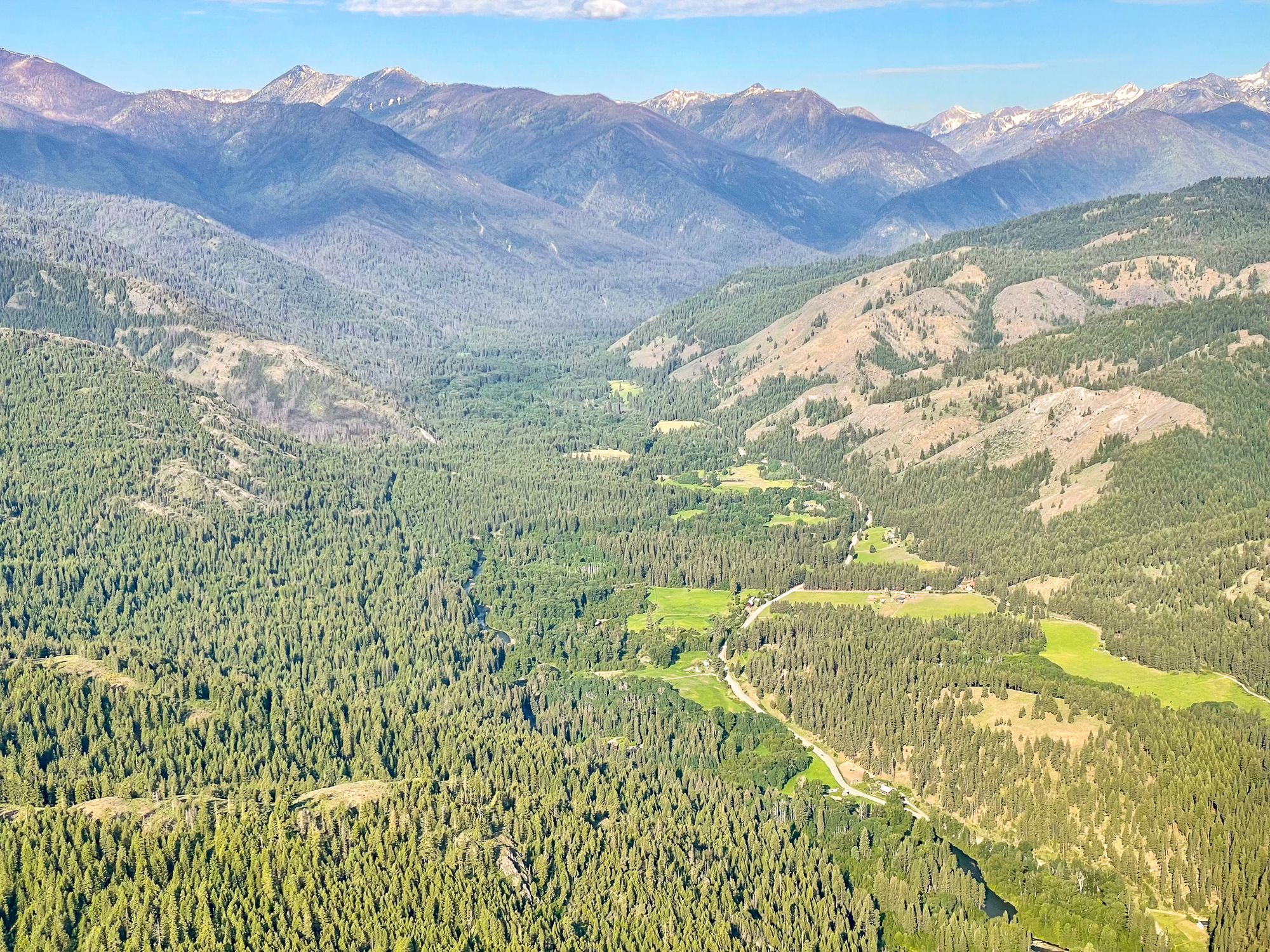Special Issue: Midnight Logging Project

June 9th is the deadline for comments on a massive logging project in the Twisp River Valley. This project will significantly impact 53,000 acres—equivalent to logging the entire Methow Valley from Mazama to Carlton. Please comment here so the community has a voice!
Logging projects are complicated and touch on many critical issues. Every person has their own unique and valid perspectives and reactions, and I don't pretend to have the right answers. I just want to provide some ideas to get the ball rolling because as a community we DO need to comment and talk about this project.
By way of background, the Midnight logging project covers 53,000 acres. That's a big number, so what does it mean? 53,000 acres is 83 square miles, which is a rectangle 2 miles wide by 41 miles long.
Imagine logging an area the size of the Methow Valley from Mazama to Carlton.
That's a huge impact on the ecology of our local landscape and it's no surprise that the Forest Service is burying the details in an 800-page document and only giving the community 3 weeks to comment on this plan.
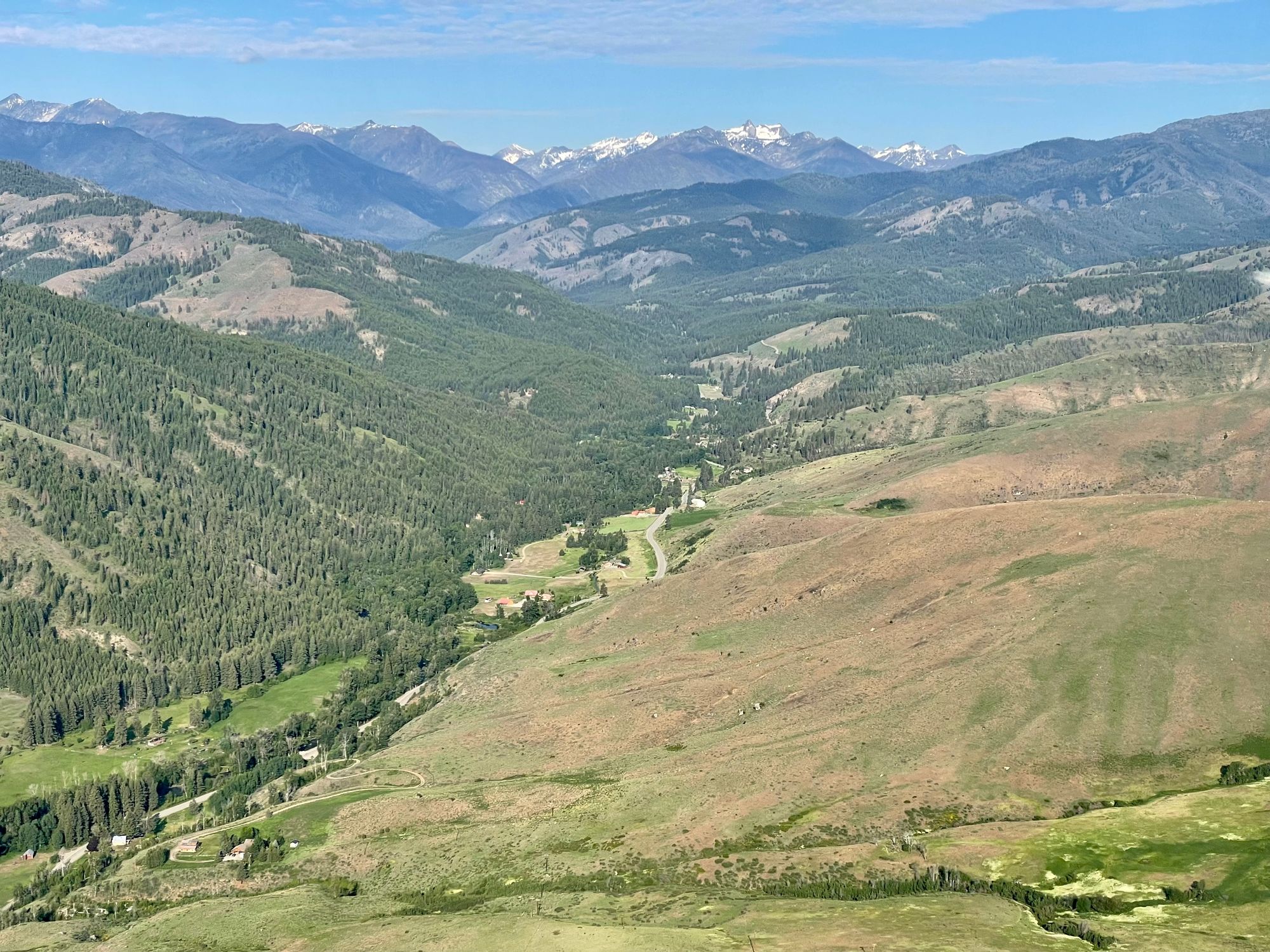
Falling in Love
There are many holes in this logging plan, and many critical issues, but in my mind there is only one primary issue and one primary question:
Do we fall in love with logged landscapes?
Our most valuable resource as a community is our love of this place. This is the fabric that pulls our community together and feeds our spirit.
Much is lost if we do not love our place, and I would argue that we don't fall in love with logged landscapes.
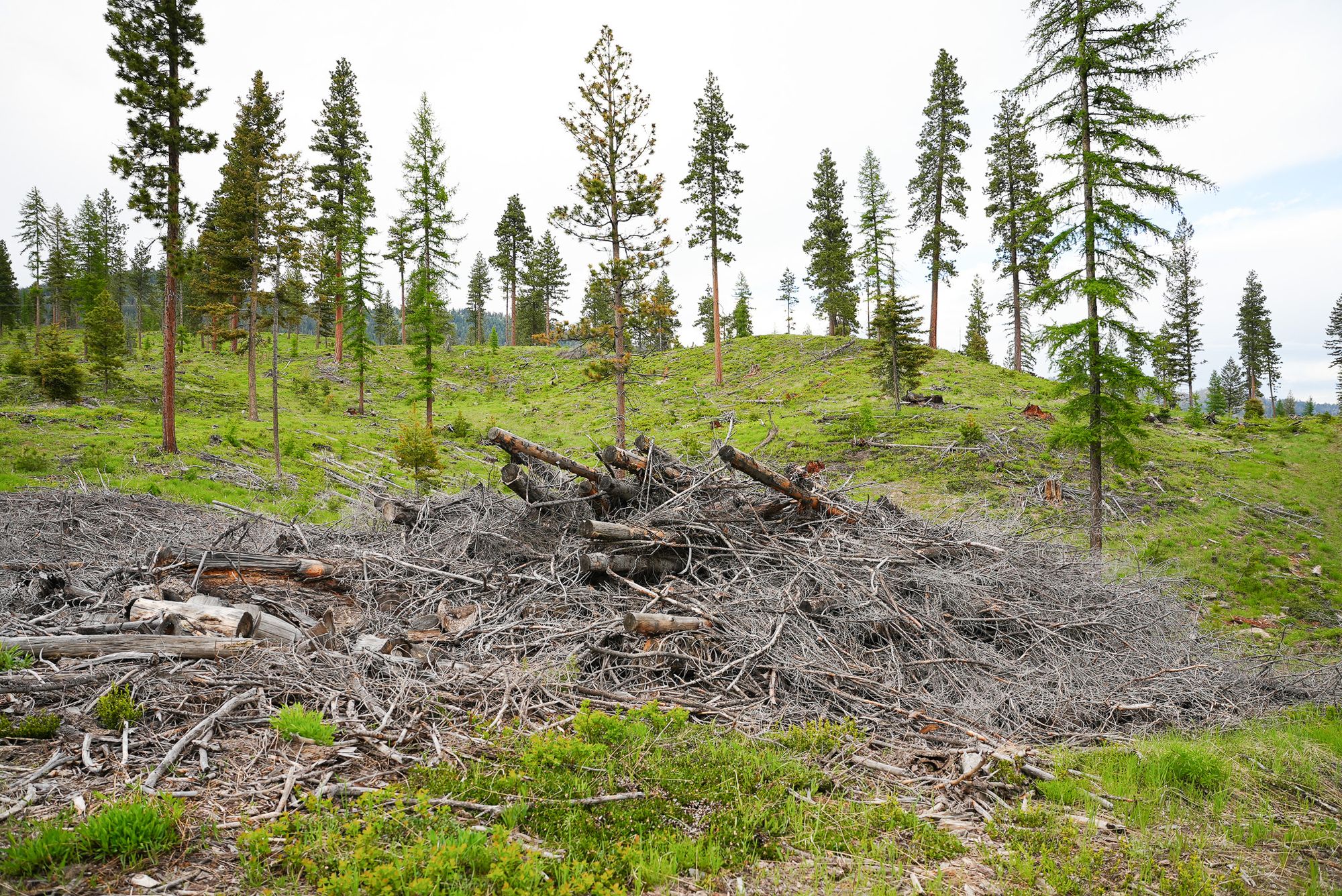
Wild forests, even burned forests, are full of complexity and surprise, they completely engage our curiosity and imagination. Logged, or actively managed forests, on the other hand are stripped of mystery and surprise because they are modeled on the human imagination.
What you see in a logged or managed forest is human intervention and there's no way to escape this.
Ultimately, the forests left behind after this logging project will be all that we see in the Twisp River Valley for the rest of our lifetimes and generations to come.
Is this the forest you want to see? All of those cut stumps, for example, take decades to decompose in a dry environment so everywhere you wander over 83 square miles you will see stumps and this isn't something you can overlook.
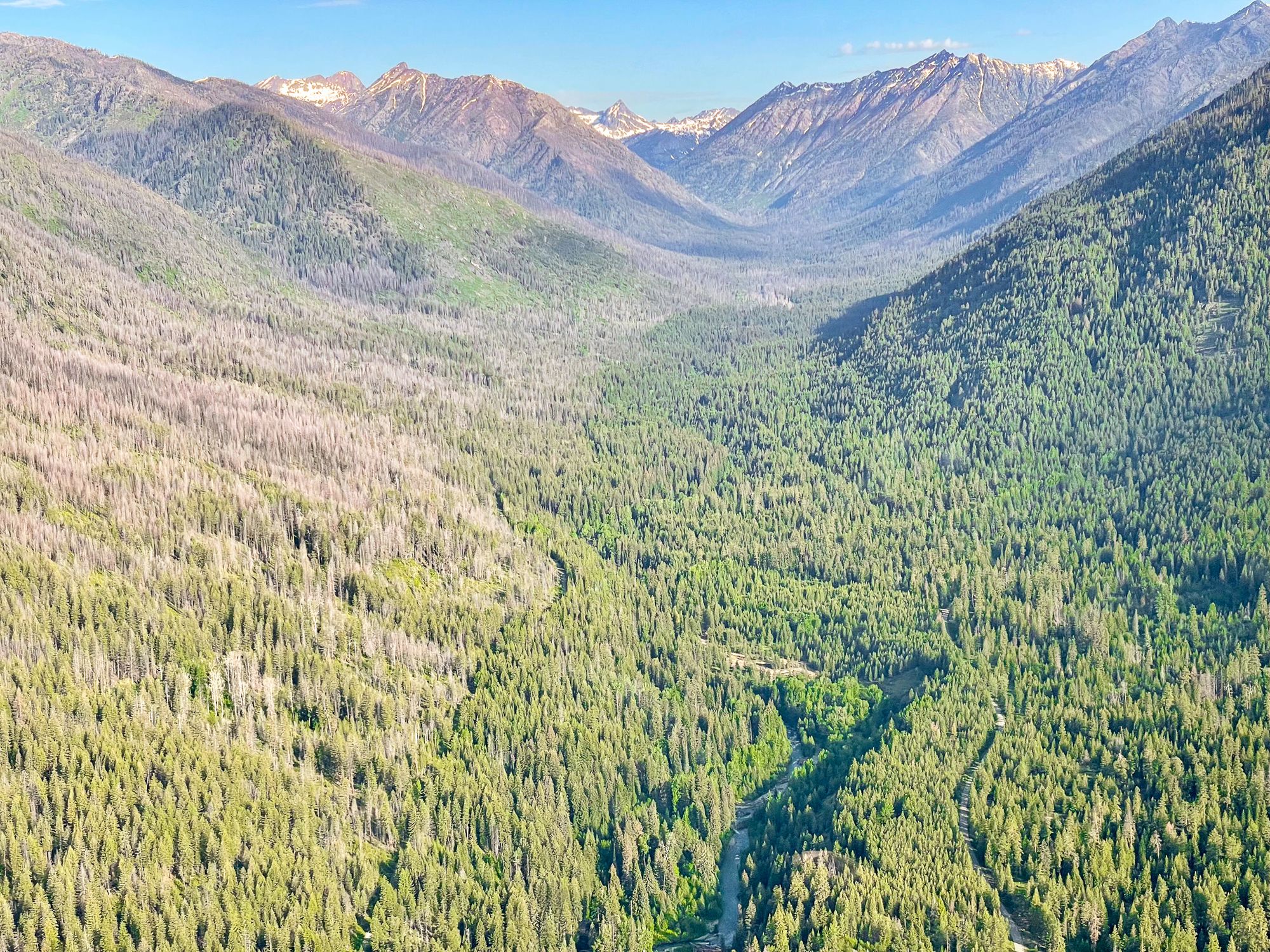
Overstocked Terms
The driving idealogy behind this logging plan is that forests cannot manage themselves and need human intervention. As an ecologist, I realize this is an extremely complex topic but I hope that people take a hard look at the language being used in this discussion.
For example, I hear even well-meaning people say that forests are overstocked and unhealthy. But do you ever wonder where those terms come from, or who benefits from using those terms?
What does it mean to say that a forest is overstocked or unhealthy? Plants and animals benefit whenever a wide range of forest types occur in a diverse mix of densities across big landscapes so it makes no sense to use these terms unless your primary goal is for trees to grow fast and uniformly so you can log them.
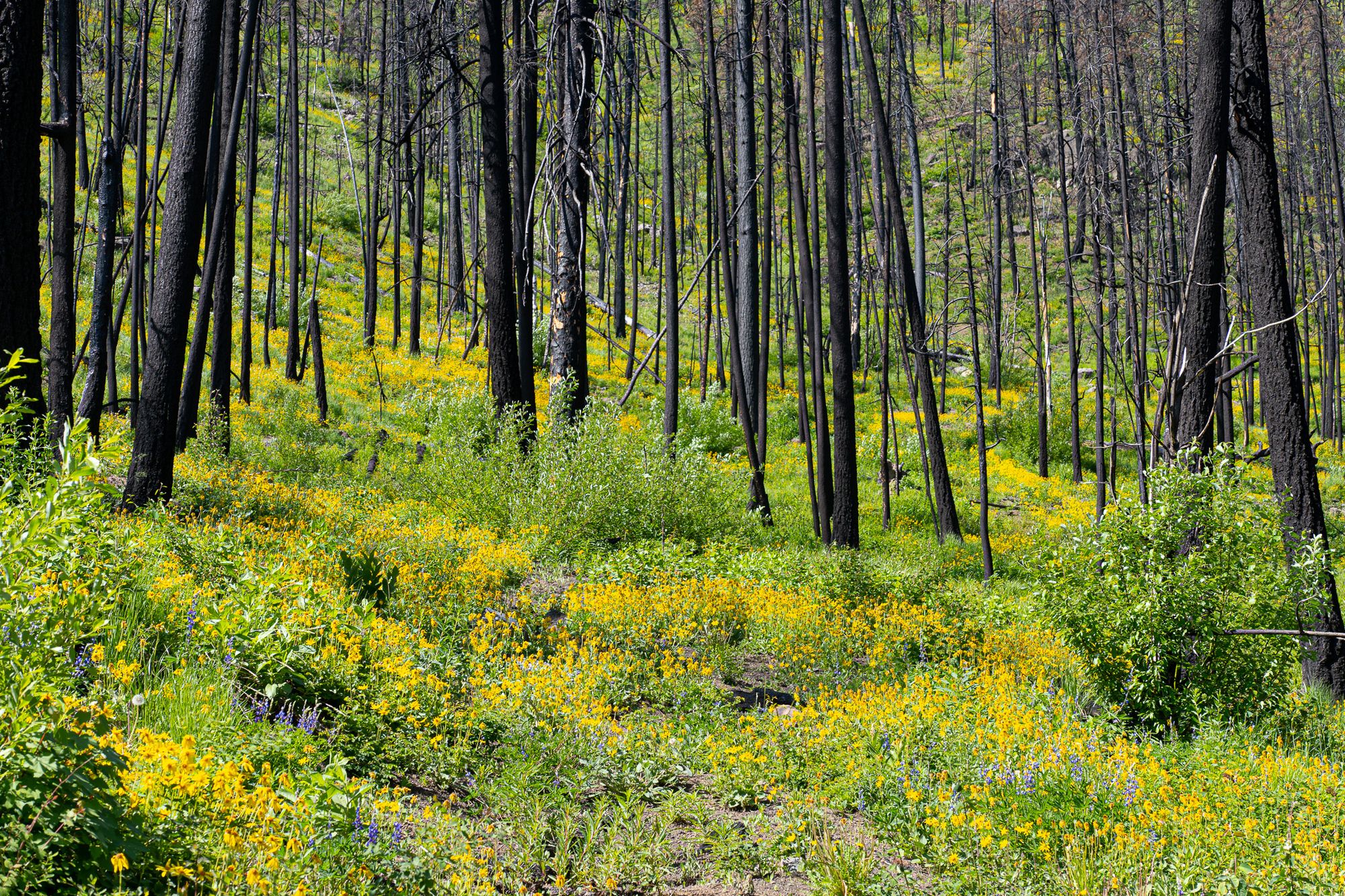
Fires are an obvious concern on many people's minds, but I've noticed that the Forest Service says we need to thin and manage forests so we can restore a natural fire cycle. At the same time I see that almost all of the forested areas in the Methow Watershed have burned in the past 20 years so theoretically the fire cycle has already been reset and we now have a healthy mix of diverse forest types.
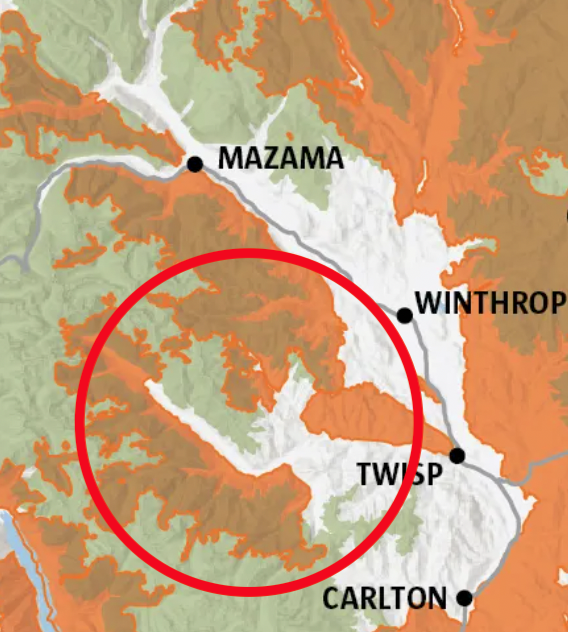
What I see when I walk the landscape is an astonishing and vibrant mix of open areas that have burned to different levels in recent fires alongside pockets of denser forests. Ecologically, this feels like a healthy mix to me because there are homes for a wide range of plants and animals in a landscape like this.
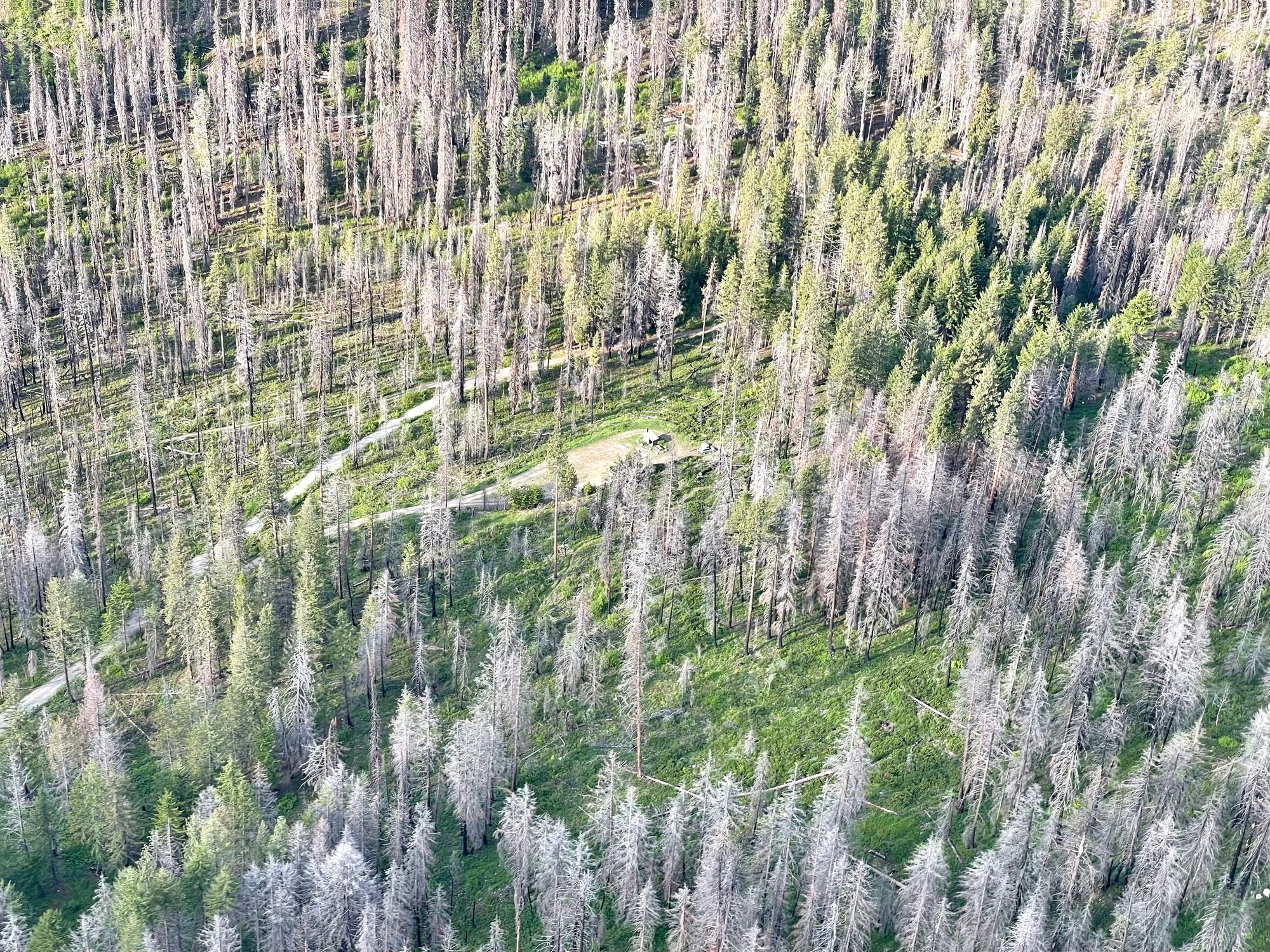
Sorry Citizens Council
I extend my sincerest apologies to the Citizens Council but I disagree with the position they've taken on this logging plan and I think it's one of the reasons why we should be talking about this issue as a community.
What I've heard from talking to Citizens Council staff is that they support logging if it protects big, old trees. This position seems wrong on two counts:
Yes, big old trees are at risk from wildfires, but I would rather lose a few old trees to fire than lose my love for an entire landscape because it's been logged.
And more critically, opening blocks of forest to any kind of logging, even if the goal is to clear smaller trees around big old trees, is a complete disaster. There is zero oversight, zero accountability, and zero consequences once a logging company with a goal of maximizing their profits starts cutting. As soon as a logging contract is handed to a company they can start taking any trees they want and the Forest Service isn't going to stop them (is anyone familiar with what happened on the Mission project in the Buttermilk area last summer?!).
The only recourse, and only after the logging is over, is to file a lawsuit but judges throw those lawsuits out and nothing ever happens.
What I see in emails from the Citizens Council is that they're quibbling over size limits for which trees should or shouldn't be cut (is it 20 inches or 25 inches?), while ignoring the reality that it's open season on trees of all sizes once logging companies start cutting and I think that's a huge issue.
Odds and Ends
I completely agree, however, with the Citizens Council's position on new roads. Under no circumstances should old roads be reopened or new roads added in the Twisp River Valley. Roads cause immense harm and last almost indefinitely. It's easy to find abandoned roads in our forests that are still intact after 100 years because they never heal, and building more roads is inexcusable.
I also agree with many of the other positions that the Citizens Council has carefully outlined in their comment guide. I would, however, add that active forest management should be strictly limited to the areas immediately around houses, because there is absolutely no reason for the Forest Service to be logging 15 miles from the nearest house.
What really matters is that you comment as best you can. The Forest Service has made it abundantly impossible for people to read or understand their planning document, so don't feel guilty if you don't have time to dive into the weeds. Just send in whatever comments you can from any perspective that has meaning to you.
Thank you for your time and consideration of this issue.

